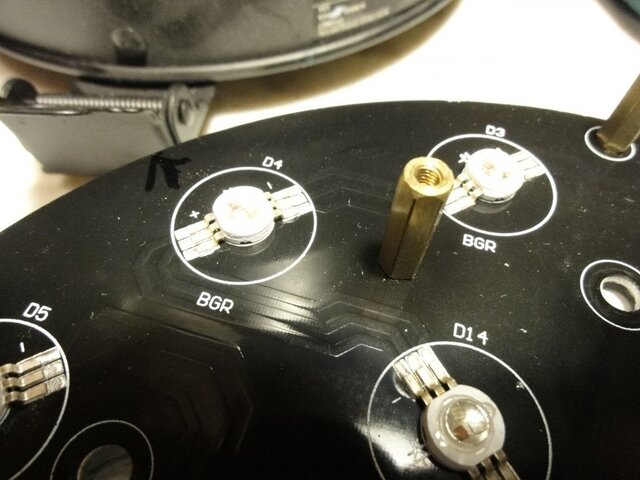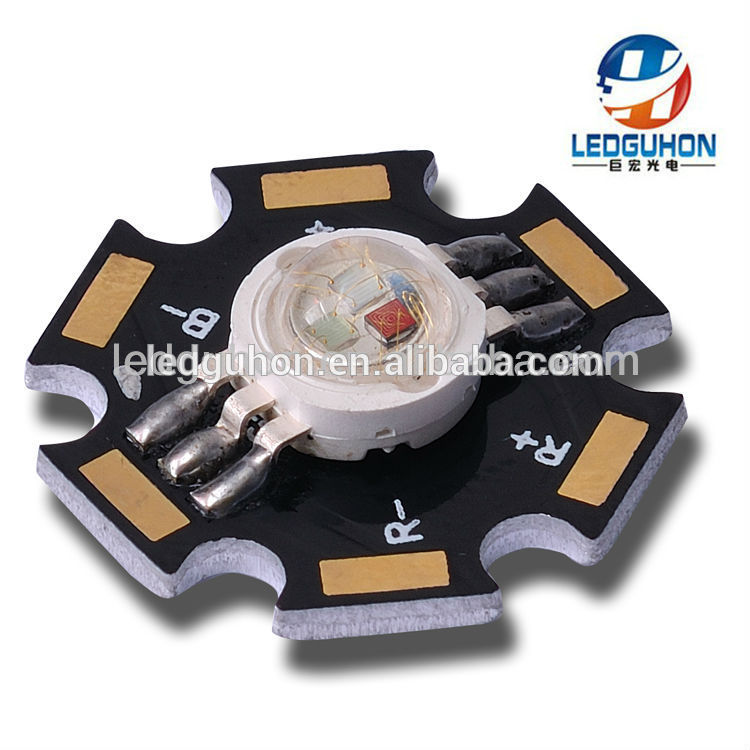microstar
Well-Known Member
The green circuit went out on one of my Chauvet LED PAR64 Tri-B fixtures. It has a total of 18 3-watt RGB LEDs and each color has 3 groups of six LEDs in series. Using a VOM I determined that the #3 LED in one string of six was bad. What’s odd is that the other two groups of green also don’t light so somehow they must all be in series..... The red and blue elements in the same LED chip work fine. I’ve isolated it to the LEDs by substituting driver board, etc., from another unit. Anyway, I can’t afford the $214 replacement cost of the entire LED assemby, so rather than try to desolder the SMT LED and find a matching replacement, can I just jumper across the bad element, or put an ordinary diode across to give some voltage drop? I’m thinking whatever I do can’t hurt since it doesn’t work now.





